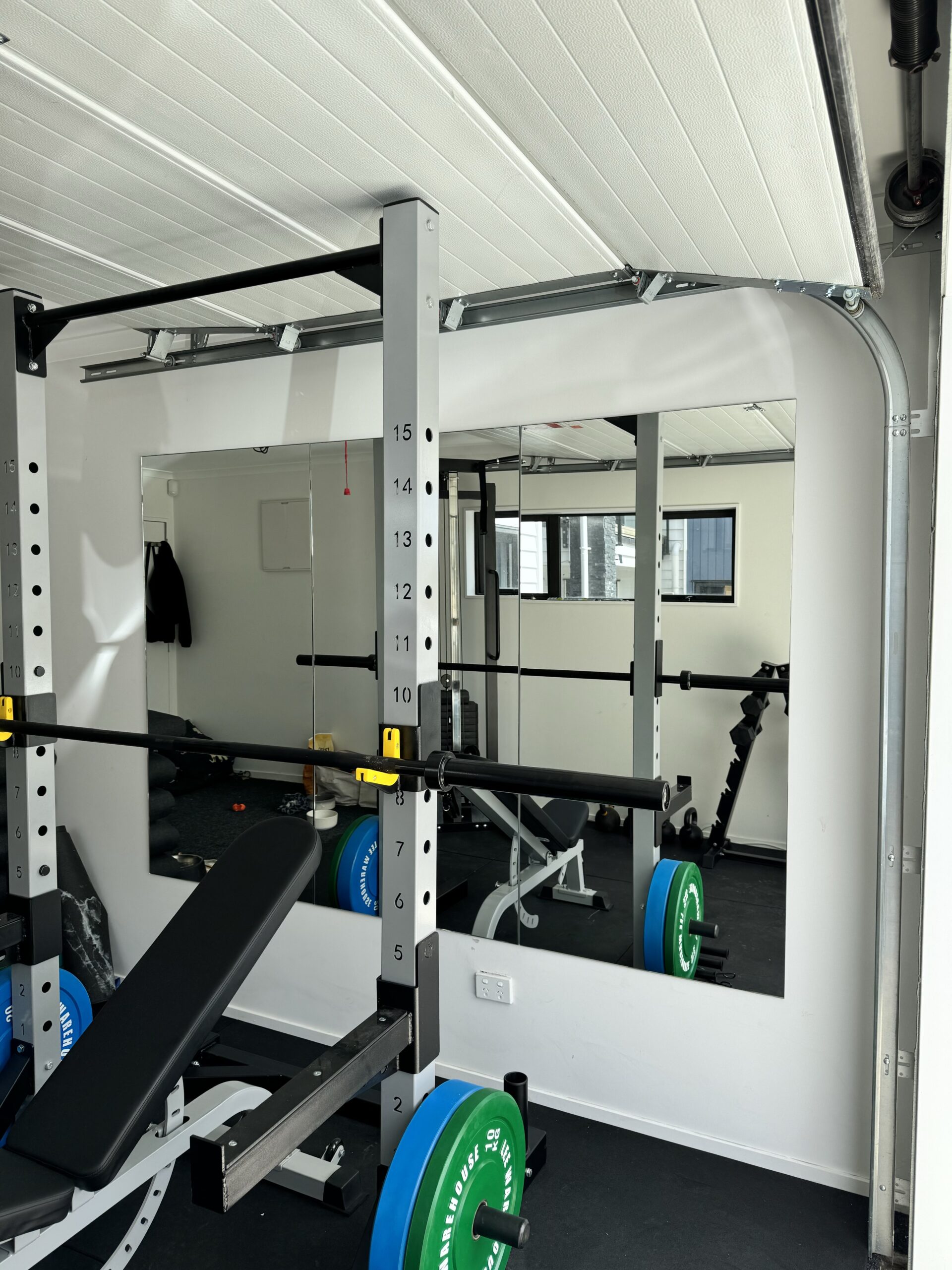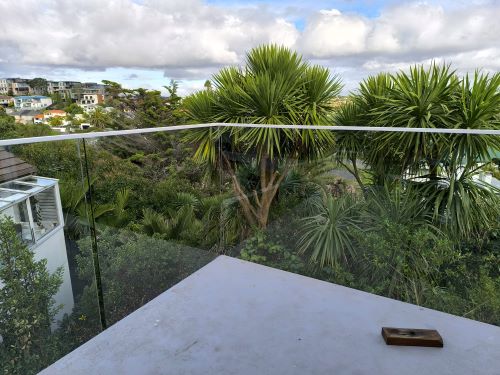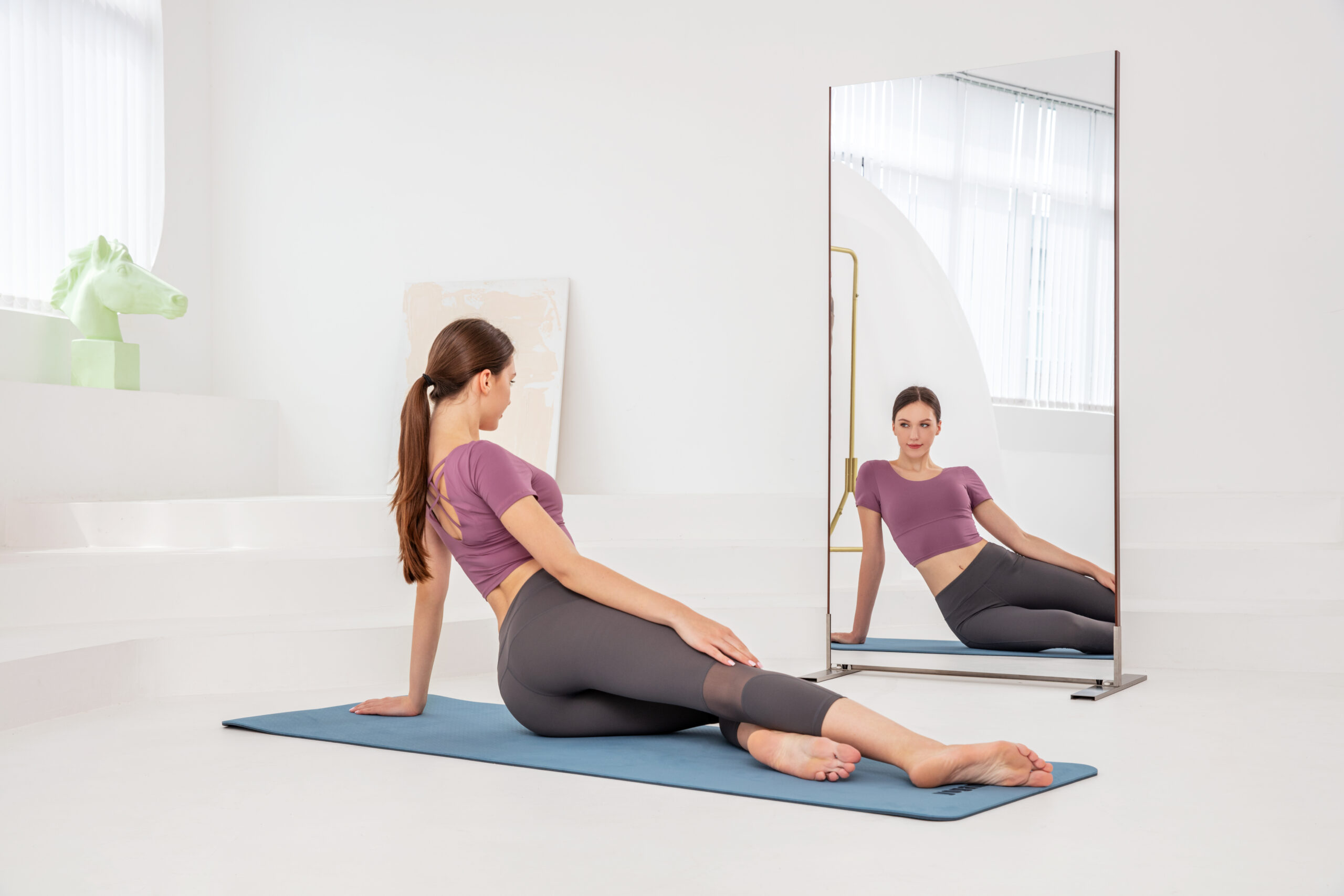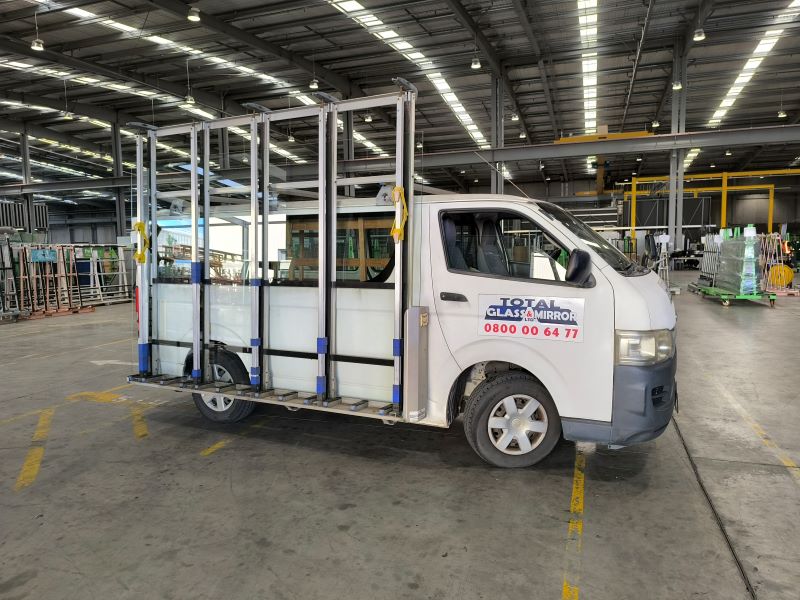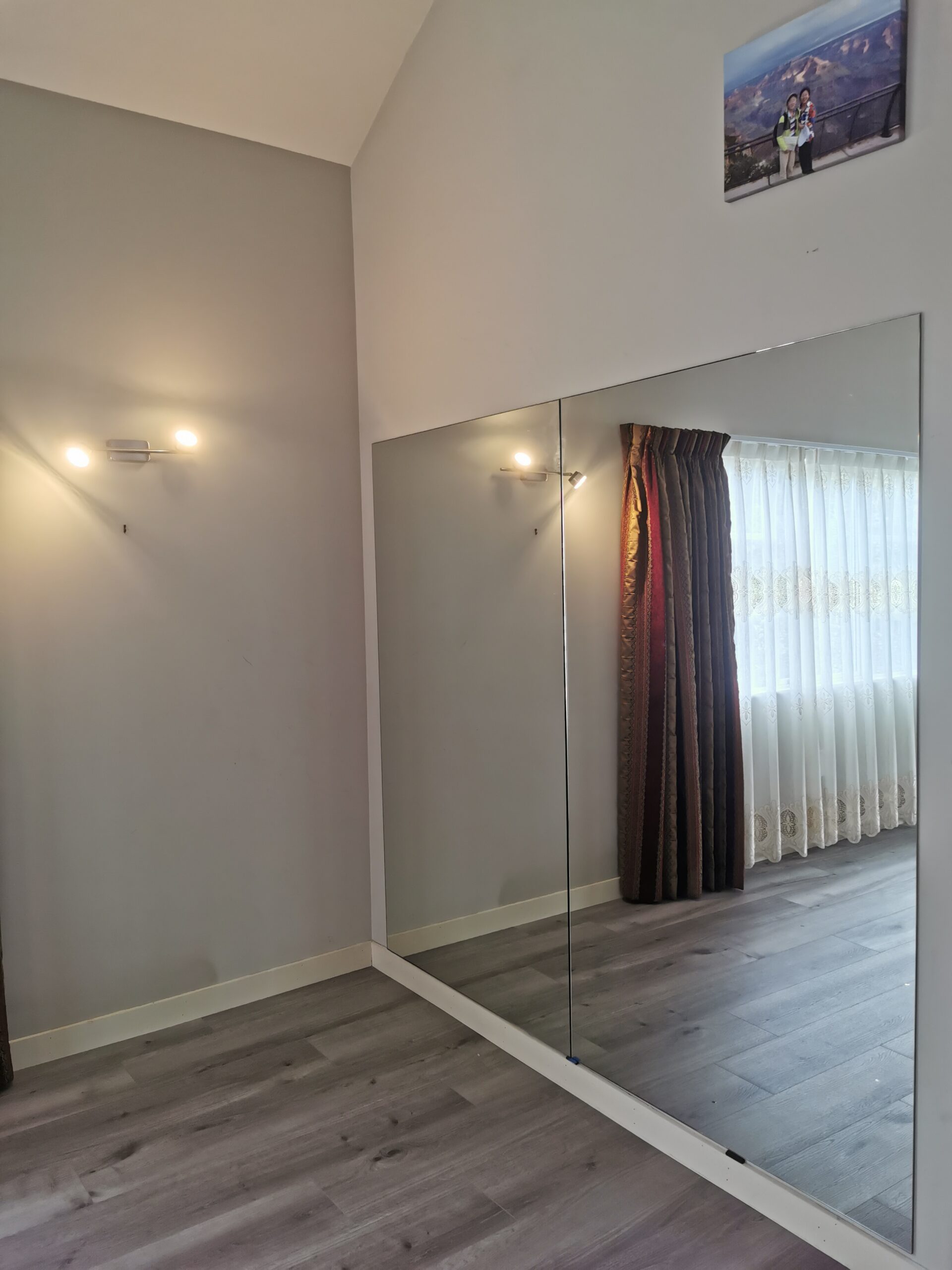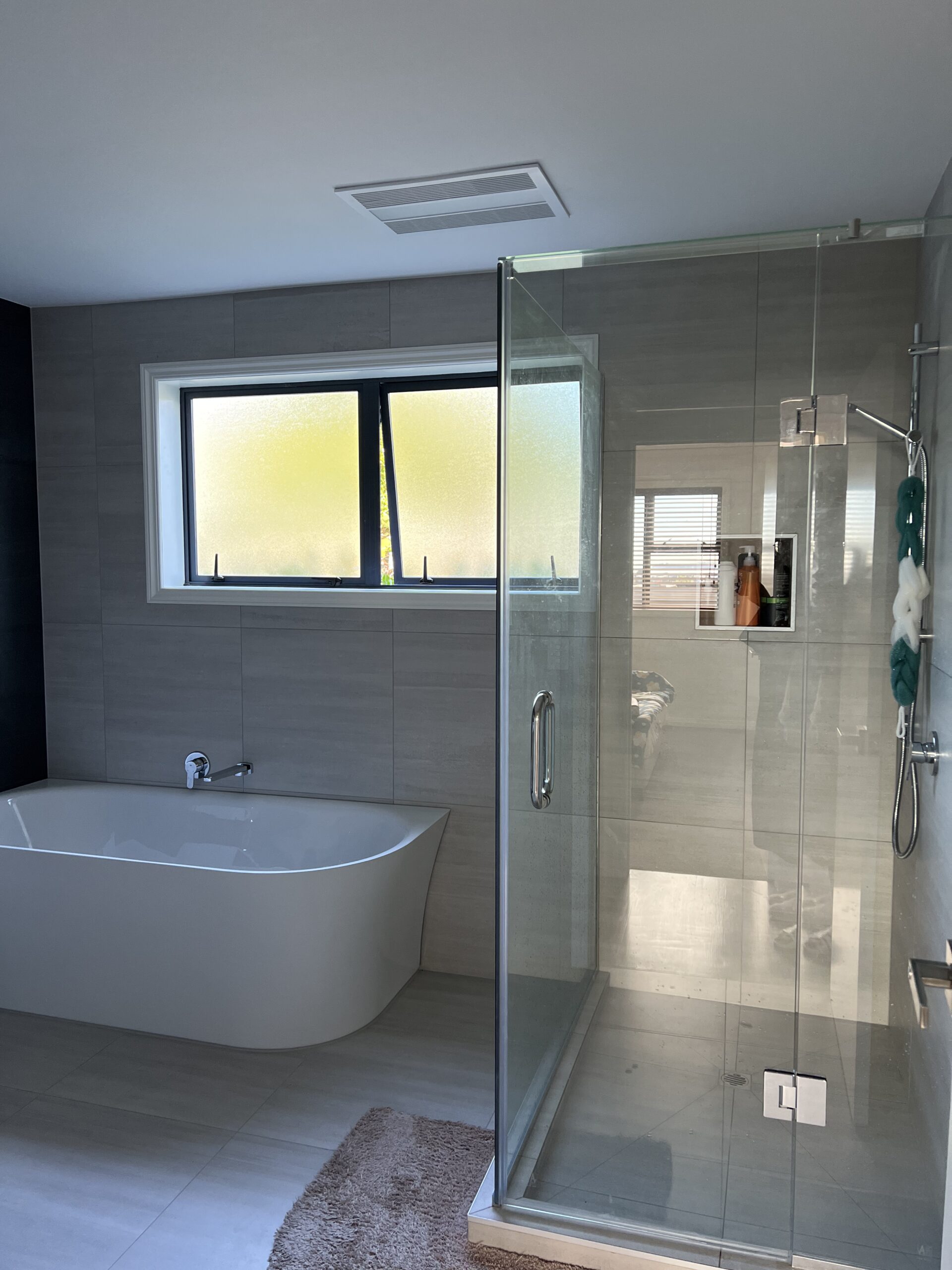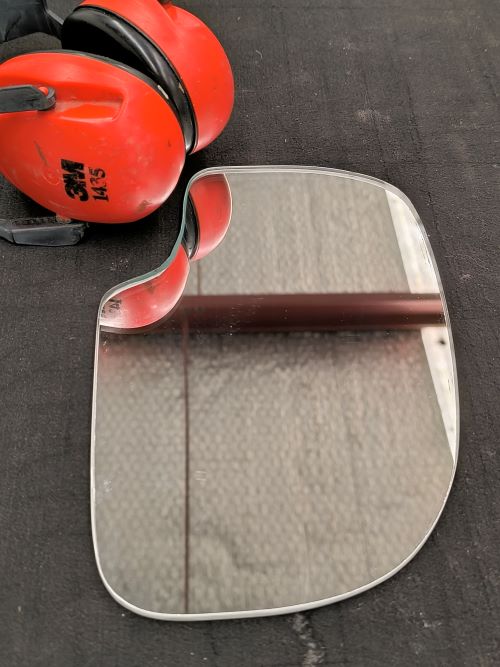Replacing your current glass type with more efficient types is one of the best ways to save money in the long run. Luckily, there are many different types of new tempered, laminate, and Low-E glass that you can choose from.
Tempered glass is typically safer than regular clear glass because it has an added layer which acts as a safety barrier. This additional protective layer helps prevent breakage or cuts due to accidents such as dropping the item.
Laminate glass is much thinner than normal glass, making it lighter in weight. Because of this, experts say that it is better for eco-friendliness since it uses less raw materials to make a product that does not last very long.
Low-E comes directly after “electronic” in the chemical process and removes some of the energy that could otherwise cause harm if hit or cut.
What do the different terms mean?
Replacing your current glass type with an upgraded version is one way to refresh your home’s aesthetic. Luckily, you don’t need to be a professional designer to tell which kind of glazing makes the most sense for you!
By learning about each term, you will know what types of glazings are available in stores, how to evaluate them, and whether or not they’re right for you. In this article, we’ll go over all three! Read on to learn more about tempered, laminate, and Low-E glass.
Disclaimer: This article may contain affiliate links where we earn a commission at no additional cost to you. We only recommend products that we believe will help make your home’s styling journey easier or improve your home style.
What Is Temperware?
Temperware is a specific type of glaze that comes in various shapes and sizes. The glazes are sometimes called enamelled ware because of the resemblance it has to normal ceramic items.
Mostly made from zinc and tin, temper ware can either be painted directly (like regular ceramics) or melted down and pressed into other materials like pottery or glass. Some examples include vases, bowls, dishes, and even candleholders.
Temperware was originally designed as cookware, but today some brands use it for something totally new — protecting windows and doors from frequent weather changes.
What are the differences between laminated, tempered, and low-E glass?

While most people agree that laminates are the best type of safety glass, there is some controversy surrounding which one is better. Some say they are not as safe due to their thicker frame, while others claim they are just as protective.
There is no true “best” material for car windows because it all depends on your preferences and what you will be using the window for. For example, if you like things that look pretty then you would want to choose darker, more aesthetically pleasing materials such as laminates.
If you prefer something lighter weight and thinner, then you would pick a clear or slightly tinted glass pane. This would allow more light to pass through, making the vehicle seem brighter and sharper.
Low-E glasses have an additional coating on the surface to help prevent scratching and breaking. These coatings usually contain titanium or nickel so they are very hard and durable.
What are the pros and cons of each type of glass?
While tempered glass is strong and protective, it can be expensive to buy enough to cover all vehicles. Even if you only need small coverage areas or limited situations where damage has been shown to occur, it is still cost-effective to purchase some for your vehicle.
Laminate safety glasses have become very popular due to their affordability. Many brands will pair them with a neoprene sleeve that fits over the nose bridge area, which helps prevent cracks from breaking out in the windshield.
Regularly replacing these sleeves makes sense since they typically last just around a year before needing to be replaced. It is also helpful to use lighter colours for the lamination layer so it does not show up too much when you put on your helmet.
Low-E coatings were originally designed for aerospace applications, but have now been adapted for automotive usage as well. These thin layers of coating reduce reflective glare, making it easier to see outside.
What should I look for when choosing my glass type?
When deciding what kind of tempered, laminate or Low-E glass you want in your home, make sure it is clear first! Glassy materials usually come with an opaque layer that is designed to decrease light penetration so they feel heavier and more protective. However, to see through them, they must be transparent, which means you have to test out each one by looking at it directly from a natural source like sunlight or using a flashlight!
It is very important to know how much transparency these layers have before buying them as this will determine if they are appropriate for protecting your house in the winter. Some brands say they are “transparent” but really mean “barely translucent” because They conceal part of their coating behind annoying stickers! Make sure you research whether or not these disclaimers apply to your specific model.
Another key feature to check for is how easily the glass can be bent or broken. Most high-quality insulated glazing has thicker, harder panes than thinner ones, making them more durable but also slightly weightier. If you need a lighter window then look for thin, soft pieces of glass.
What does the glass need to be installed with?
When choosing your new piece of tempered or laminate glass, make sure you have it installed correctly! There are two main ways to install glass; pinning and taping.
With pinning, there is a metal frame that holds the glass in place. The glass is attached to this frame using either rivets or sugary glue (we recommend UV safe glues). Then, the frame is put into the opening and pressed down onto the old window’s frame.
For tape installations, there is an adhesive strip that goes over the edge of the old glass and the corresponding area of the new one. Once both pieces are stuck together, pull off the protective coverings so people can use the windows safely!
Both types of installation require matching up the correct size of glass for the proper fit and safety.
What should I avoid when choosing my glass type?
When shopping for new windows or door glass, you will come across several types. These include tempered glass, laminate glass, Low-E glass, insulated glass, safety glass, and vacuum-sealed glass.
Tempered glass is your typical car windshield. This glass is sturdy and doesn’t break as easily, but it can be expensive. If you are looking to reduce costs, then this type of glass is not a good choice.
Laminate glass has a layer of protective material between two sheets of glass. This adds additional cost due to the extra manufacturing process needed to add that layer. Also, most laminates cannot be heated up enough to melt down into something else, so they must be used in their original form.
Low- e glass is an extremely thin sheet of glass that acts like ordinary glass. Because it is thinner than normal, it can be more difficult to find places to use it. It can also be more expensive because of how hard it is to get a large amount of it.
Insulated glass is another term for dual-glazed units. Just like regular window glass, these have a light-transmitting layer and a thermal barrier layer. The challenge with insulated glass is finding one that works well together and is affordable.
Safety glass is much thicker than any other kind of glass. This helps make it more durable, however, it is quite heavy which may not be desirable depending on the situation.
What should I do to fix any damage?
The next step in replacing your vehicle’s glass is deciding what kind of new glass you will need!
It is very important to know what type of tempered, laminate, or Low-E glass you have so that you can determine where to get it and how to install it. Make sure to check out our replacement guide for more information!
At All American Windshields, we are familiar with all three types of windshield glass.
What are the different costs associated with each glass type?
While most people know what laminate and tempered glasses cost, less aware is low-E grades. This type of glass is much thinner than regular laminate or tempered glass, which means it can be more expensive to produce due to how many layers need to be manufactured.
Thicker sheets of glass require thicker coatings that take longer to apply, making it more costly to manufacture. Because this glass does not contain any silver atoms, it cannot effectively block outside light like normal neutral density (ND) laminates do.
This lack of interference makes low-E glass good for use where only a slight reduction in light is needed, such as when reading or working close to computer screens. It also allows slightly better visibility since it lets some light through.
Choosing your glass products can be a fun way to learn about a company. There are many ways to choose a glass company. You can go with a company you love, one that you compare to and match up with services, or you can combine the two!
Check if they are insured

You should check if the glass company is insured. This shows that they have the resources to replace your windows or mirrors in an emergency. Even if they are not, you can still choose them because they are good at window and mirror replacements!
Check if They Offer Free Installation
Many companies charge a fee to install new windows or mirrors. If the company offers a free installation, consider adding them to your home as a reward for having new windows and doors. Plus, you will get another chance to return if things go wrong—which may happen, sometimes.
Check Their Quality and durability of the glass
A lot of people find that glass breaks easily. If you are one of them, then check the durability of their glass. If it seems like it can easily break, then do not use it! It is also important to know how to protect yourself and your family with these broken glass pieces around.
Do they have any credentials?
As mentioned earlier, being licensed and having experience in the glass industry is important when it comes to choosing a glass company. These are essential for a company to have when they begin business, especially if they are going to use them for the first time.
Generally, companies that begin as glass suppliers tend to grow into more established vendors with experience in customer service, quality control, and marketing. This is helpful as customers can rely on their products being of high quality and being delivered on time.
By being aware of this growth stage, and knowing what qualities a company should have, you can find the right glass company for your new kitchen! There are many sites that provide tips on how to choose a glass manufacturer so do not forget to check these out.
How many years they have been in business?

How many employees does the company have? Are there any openings?
These questions can help determine if a company is right for you, as some are not known for their employee growth. You can also look at their website to see if there are openings.
Grow! is a proud member of the glass industry, so quality is always top of mind. You will see this in their products and services, from the way they market them to how they support their employees.
Quality products that meet quality standards. You will find them everywhere in New Zealand, as they are such a staple in our homes and lifestyles.
Do they work with customers to create a vision for their glass projects?
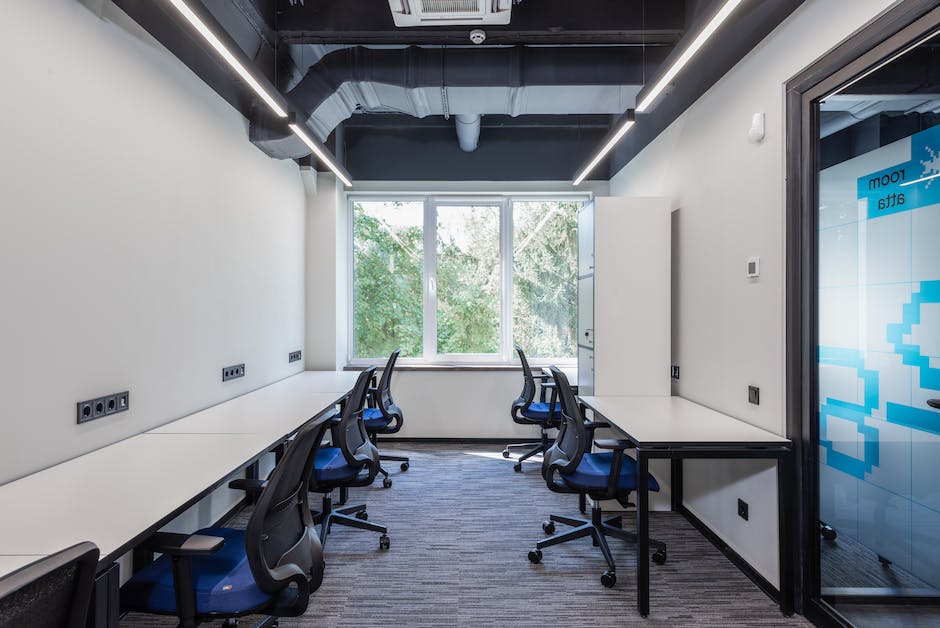
A lot of glass companies do not have a clear vision for the project they want to create with their glass. Some projects look very appealing, but once you see it in person, it does not seem to fit the company or project.
This can be dangerous as you might get disappointed and decide to leave the company if they did not match your expectations. It is important to find a company that has a clear goal and hits it every step of the way!
It is important to find a company that has a clear goal and hits it every step of the way! The employees at glass companies should be aware of human facial expressions and how people process colour when they are making decisions.
Do they offer design assistance?
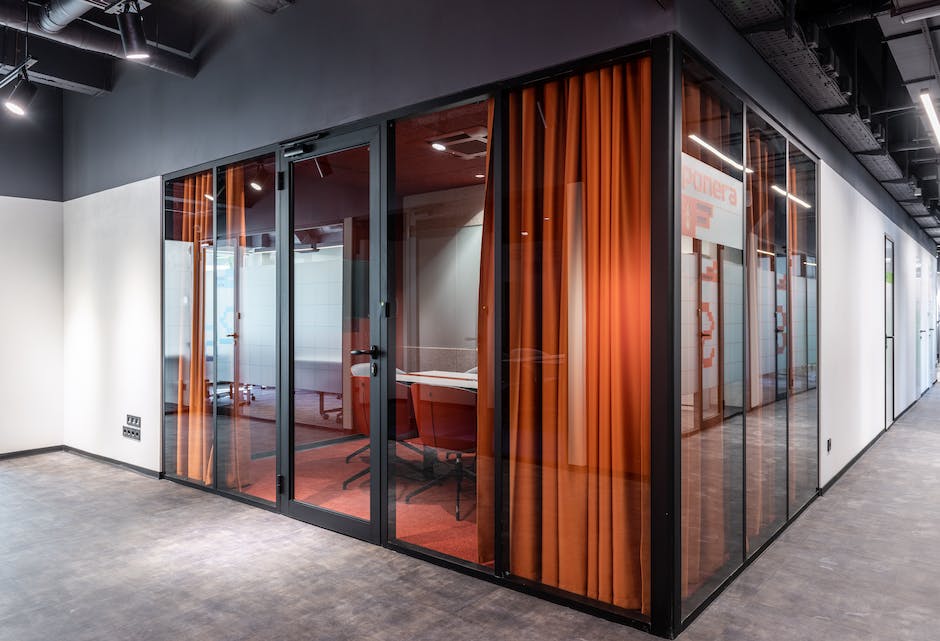
If a company can’t help you with your glass window, they should. Many window companies can’t offer design assistance because it is their job to put out the glass!
Some companies will let you ask them questions about glass, but not when it comes to design assistance. It is the responsibility of the company to provide this for you.
Plus, some questions about design can make a big difference in how your house looks in certain seasons and years. Some people request a house that looks like it was built recently, for example.
Heck, even if the company does help you with your window, they should still take care of them because of the fact that people look out their windows and see their little piece of paradise. It is also important that they are safe for them to use since people might be outside trying to get a good view of what their new home looks like.
Do they provide a quote that includes all costs, including labour and materials?
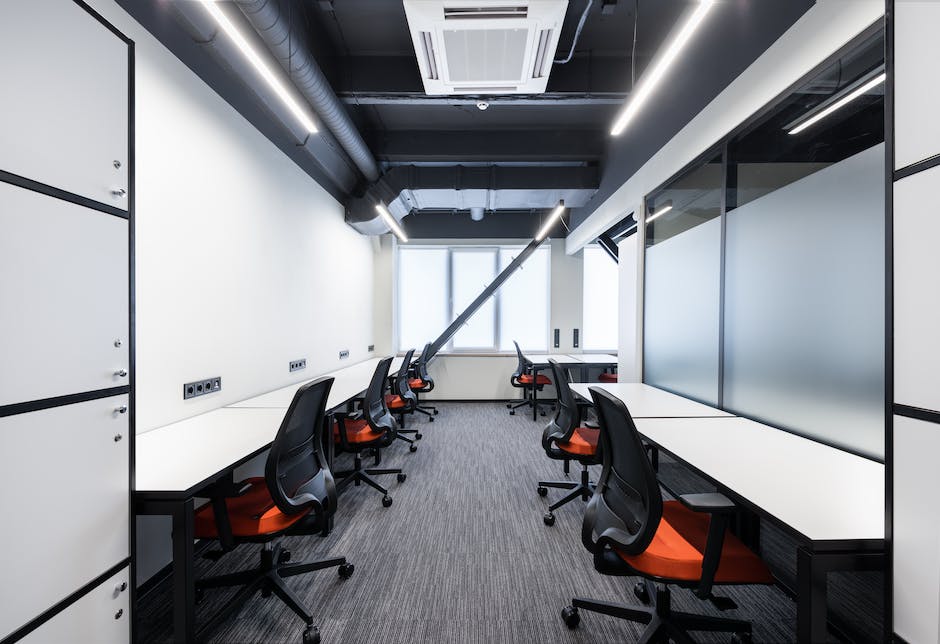
Most companies will tell you their price includes materials, but they may ask for more from you. They may ask for you to go with them to show them your home or property to make sure the glass you want is included.
If the company does not include the labour and materials, it might be more expensive than buying the glass alone. It might also be difficult to find a company that offers all these things as a package deal because of high prices.
But if only the company offers the glass alone, then there is definitely something worth checking out! Check out some of those that offer unique products such as glass wine bottles or water bottles to add to your collection.
Do they have transparent pricing?

Most companies will charge you a premium price for their glass. The more expensive the glass, the better! This is due to standardisation and cost-competitiveness.
For example, you have a friend who runs a business and that sell window treatments. They charge $25 for a box of twelve window sitters, which is very expensive!
You get what the product does, and it is cost-effective compared to having custom-made window sitters or purchased boxes of windowsittens. You would choose your friend’s window tints more confidently if they priced them more reasonably.
Same with glass companies- they need to be standardised so other companies can compare prices with them.
Auckland glass repairs–contact Total Glass and Mirror at:0800-00-GLASS, 09-5769060,0210671618, or email us:[email protected]
glass splashbacks Auckland–contact Total Glass and Mirror at:0800-00-GLASS, 09-5769060,0210671618, or email us:[email protected]
window repairs Auckland–contact Total Glass and Mirror at:0800-00-GLASS, 09-5769060,0210671618, or email us:[email protected]
Auckland shower repairs and installation–contact Total Glass and Mirror at:0800-00-GLASS, 09-5769060,0210671618, or email us:[email protected]
Auckland mirror repairs and installation–contact Total Glass and Mirror at:0800-00-GLASS, 09-5769060,0210671618, or email us:[email protected]
Choosing your glass products can be a fun way to learn about a company. There are many ways to choose a glass company. You can go with a company you love, one that you compare to and match up with services, or you can combine the two!
Check if they are insured

You should check if the glass company is insured. This shows that they have the resources to replace your windows or mirrors in an emergency. Even if they are not, you can still choose them because they are good at window and mirror replacements!
Check if They Offer Free Installation
Many companies charge a fee to install new windows or mirrors. If the company offers a free installation, consider adding them to your home as a reward for having new windows and doors. Plus, you will get another chance to return if things go wrong—which may happen, sometimes.
Check Their Quality and durability of the glass
A lot of people find that glass breaks easily. If you are one of them, then check the durability of their glass. If it seems like it can easily break, then do not use it! It is also important to know how to protect yourself and your family with these broken glass pieces around.
Do they have any credentials?
As mentioned earlier, being licensed and having experience in the glass industry is important when it comes to choosing a glass company. These are essential for a company to have when they begin business, especially if they are going to use them for the first time.
Generally, companies that begin as glass suppliers tend to grow into more established vendors with experience in customer service, quality control, and marketing. This is helpful as customers can rely on their products being of high quality and being delivered on time.
By being aware of this growth stage, and knowing what qualities a company should have, you can find the right glass company for your new kitchen! There are many sites that provide tips on how to choose a glass manufacturer so do not forget to check these out.
How many years they have been in business?

How many employees does the company have? Are there any openings?
These questions can help determine if a company is right for you, as some are not known for their employee growth. You can also look at their website to see if there are openings.
Grow! is a proud member of the glass industry, so quality is always top of mind. You will see this in their products and services, from the way they market them to how they support their employees.
Quality products that meet quality standards. You will find them everywhere in New Zealand, as they are such a staple in our homes and lifestyles.
Do they work with customers to create a vision for their glass projects?

A lot of glass companies do not have a clear vision for the project they want to create with their glass. Some projects look very appealing, but once you see it in person, it does not seem to fit the company or project.
This can be dangerous as you might get disappointed and decide to leave the company if they did not match your expectations. It is important to find a company that has a clear goal and hits it every step of the way!
It is important to find a company that has a clear goal and hits it every step of the way! The employees at glass companies should be aware of human facial expressions and how people process colour when they are making decisions.
Do they offer design assistance?

If a company can’t help you with your glass window, they should. Many window companies can’t offer design assistance because it is their job to put out the glass!
Some companies will let you ask them questions about glass, but not when it comes to design assistance. It is the responsibility of the company to provide this for you.
Plus, some questions about design can make a big difference in how your house looks in certain seasons and years. Some people request a house that looks like it was built recently, for example.
Heck, even if the company does help you with your window, they should still take care of them because of the fact that people look out their windows and see their little piece of paradise. It is also important that they are safe for them to use since people might be outside trying to get a good view of what their new home looks like.
Do they provide a quote that includes all costs, including labour and materials?

Most companies will tell you their price includes materials, but they may ask for more from you. They may ask for you to go with them to show them your home or property to make sure the glass you want is included.
If the company does not include the labour and materials, it might be more expensive than buying the glass alone. It might also be difficult to find a company that offers all these things as a package deal because of high prices.
But if only the company offers the glass alone, then there is definitely something worth checking out! Check out some of those that offer unique products such as glass wine bottles or water bottles to add to your collection.
Do they have transparent pricing?

Most companies will charge you a premium price for their glass. The more expensive the glass, the better! This is due to standardisation and cost-competitiveness.
For example, you have a friend who runs a business and that sell window treatments. They charge $25 for a box of twelve window sitters, which is very expensive!
You get what the product does, and it is cost-effective compared to having custom-made window sitters or purchased boxes of windowsittens. You would choose your friend’s window tints more confidently if they priced them more reasonably.
Same with glass companies- they need to be standardised so other companies can compare prices with them.
Auckland glass repairs–contact Total Glass and Mirror at:0800-00-GLASS, 09-5769060,0210671618, or email us:[email protected]
glass splashbacks Auckland–contact Total Glass and Mirror at:0800-00-GLASS, 09-5769060,0210671618, or email us:[email protected]
window repairs Auckland–contact Total Glass and Mirror at:0800-00-GLASS, 09-5769060,0210671618, or email us:[email protected]
Auckland shower repairs and installation–contact Total Glass and Mirror at:0800-00-GLASS, 09-5769060,0210671618, or email us:[email protected]
Auckland Gym/dance mirror repairs and installation–contact Total Glass and Mirror at:0800-00-GLASS, 09-5769060,0210671618, or email us:[email protected]
Choosing your glass products can be a fun way to learn about a company. There are many ways to choose a glass company. You can go with a company you love, one that you compare to and match up with services, or you can combine the two!
Check if they are insured

You should check if the glass company is insured. This shows that they have the resources to replace your windows or mirrors in an emergency. Even if they are not, you can still choose them because they are good at window and mirror replacements!
Check if They Offer Free Installation
Many companies charge a fee to install new windows or mirrors. If the company offers a free installation, consider adding them to your home as a reward for having new windows and doors. Plus, you will get another chance to return if things go wrong—which may happen, sometimes.
Check Their Quality and durability of the glass
A lot of people find that glass breaks easily. If you are one of them, then check the durability of their glass. If it seems like it can easily break, then do not use it! It is also important to know how to protect yourself and your family with these broken glass pieces around.
Do they have any credentials?
As mentioned earlier, being licensed and having experience in the glass industry is important when it comes to choosing a glass company. These are essential for a company to have when they begin business, especially if they are going to use them for the first time.
Generally, companies that begin as glass suppliers tend to grow into more established vendors with experience in customer service, quality control, and marketing. This is helpful as customers can rely on their products being of high quality and being delivered on time.
By being aware of this growth stage, and knowing what qualities a company should have, you can find the right glass company for your new kitchen! There are many sites that provide tips on how to choose a glass manufacturer so do not forget to check these out.
How many years they have been in business?

How many employees does the company have? Are there any openings?
These questions can help determine if a company is right for you, as some are not known for their employee growth. You can also look at their website to see if there are openings.
Grow! is a proud member of the glass industry, so quality is always top of mind. You will see this in their products and services, from the way they market them to how they support their employees.
Quality products that meet quality standards. You will find them everywhere in New Zealand, as they are such a staple in our homes and lifestyles.
Do they work with customers to create a vision for their glass projects?

A lot of glass companies do not have a clear vision for the project they want to create with their glass. Some projects look very appealing, but once you see it in person, it does not seem to fit the company or project.
This can be dangerous as you might get disappointed and decide to leave the company if they did not match your expectations. It is important to find a company that has a clear goal and hits it every step of the way!
It is important to find a company that has a clear goal and hits it every step of the way! The employees at glass companies should be aware of human facial expressions and how people process colour when they are making decisions.
Do they offer design assistance?

If a company can’t help you with your glass window, they should. Many window companies can’t offer design assistance because it is their job to put out the glass!
Some companies will let you ask them questions about glass, but not when it comes to design assistance. It is the responsibility of the company to provide this for you.
Plus, some questions about design can make a big difference in how your house looks in certain seasons and years. Some people request a house that looks like it was built recently, for example.
Heck, even if the company does help you with your window, they should still take care of them because of the fact that people look out their windows and see their little piece of paradise. It is also important that they are safe for them to use since people might be outside trying to get a good view of what their new home looks like.
Do they provide a quote that includes all costs, including labour and materials?

Most companies will tell you their price includes materials, but they may ask for more from you. They may ask for you to go with them to show them your home or property to make sure the glass you want is included.
If the company does not include the labour and materials, it might be more expensive than buying the glass alone. It might also be difficult to find a company that offers all these things as a package deal because of high prices.
But if only the company offers the glass alone, then there is definitely something worth checking out! Check out some of those that offer unique products such as glass wine bottles or water bottles to add to your collection.
Do they have transparent pricing?

Most companies will charge you a premium price for their glass. The more expensive the glass, the better! This is due to standardisation and cost-competitiveness.
For example, you have a friend who runs a business and that sell window treatments. They charge $25 for a box of twelve window sitters, which is very expensive!
You get what the product does, and it is cost-effective compared to having custom-made window sitters or purchased boxes of windowsittens. You would choose your friend’s window tints more confidently if they priced them more reasonably.
Same with glass companies- they need to be standardised so other companies can compare prices with them.
Auckland glass repairs–contact Total Glass and Mirror at:0800-00-GLASS, 09-5769060,0210671618, or email us:[email protected]
glass splashbacks Auckland–contact Total Glass and Mirror at:0800-00-GLASS, 09-5769060,0210671618, or email us:[email protected]
window repairs Auckland–contact Total Glass and Mirror at:0800-00-GLASS, 09-5769060,0210671618, or email us:[email protected]
Auckland shower repairs and installation–contact Total Glass and Mirror at:0800-00-GLASS, 09-5769060,0210671618, or email us:[email protected]
Auckland mirror repairs and installation–contact Total Glass and Mirror at:0800-00-GLASS, 09-5769060,0210671618, or email us:[email protected]
Choosing your glass products can be a fun way to learn about a company. There are many ways to choose a glass company. You can go with a company you love, one that you compare to and match up with services, or you can combine the two!
Check if they are insured

You should check if the glass company is insured. This shows that they have the resources to replace your windows or mirrors in an emergency. Even if they are not, you can still choose them because they are good at window and mirror replacements!
Check if They Offer Free Installation
Many companies charge a fee to install new windows or mirrors. If the company offers a free installation, consider adding them to your home as a reward for having new windows and doors. Plus, you will get another chance to return if things go wrong—which may happen, sometimes.
Check Their Quality and durability of the glass
A lot of people find that glass breaks easily. If you are one of them, then check the durability of their glass. If it seems like it can easily break, then do not use it! It is also important to know how to protect yourself and your family with these broken glass pieces around.
Do they have any credentials?
As mentioned earlier, being licensed and having experience in the glass industry is important when it comes to choosing a glass company. These are essential for a company to have when they begin business, especially if they are going to use them for the first time.
Generally, companies that begin as glass suppliers tend to grow into more established vendors with experience in customer service, quality control, and marketing. This is helpful as customers can rely on their products being of high quality and being delivered on time.
By being aware of this growth stage, and knowing what qualities a company should have, you can find the right glass company for your new kitchen! There are many sites that provide tips on how to choose a glass manufacturer so do not forget to check these out.
How many years they have been in business?

How many employees does the company have? Are there any openings?
These questions can help determine if a company is right for you, as some are not known for their employee growth. You can also look at their website to see if there are openings.
Grow! is a proud member of the glass industry, so quality is always top of mind. You will see this in their products and services, from the way they market them to how they support their employees.
Quality products that meet quality standards. You will find them everywhere in New Zealand, as they are such a staple in our homes and lifestyles.
Do they work with customers to create a vision for their glass projects?

A lot of glass companies do not have a clear vision for the project they want to create with their glass. Some projects look very appealing, but once you see it in person, it does not seem to fit the company or project.
This can be dangerous as you might get disappointed and decide to leave the company if they did not match your expectations. It is important to find a company that has a clear goal and hits it every step of the way!
It is important to find a company that has a clear goal and hits it every step of the way! The employees at glass companies should be aware of human facial expressions and how people process colour when they are making decisions.
Do they offer design assistance?

If a company can’t help you with your glass window, they should. Many window companies can’t offer design assistance because it is their job to put out the glass!
Some companies will let you ask them questions about glass, but not when it comes to design assistance. It is the responsibility of the company to provide this for you.
Plus, some questions about design can make a big difference in how your house looks in certain seasons and years. Some people request a house that looks like it was built recently, for example.
Heck, even if the company does help you with your window, they should still take care of them because of the fact that people look out their windows and see their little piece of paradise. It is also important that they are safe for them to use since people might be outside trying to get a good view of what their new home looks like.
Do they provide a quote that includes all costs, including labour and materials?

Most companies will tell you their price includes materials, but they may ask for more from you. They may ask for you to go with them to show them your home or property to make sure the glass you want is included.
If the company does not include the labour and materials, it might be more expensive than buying the glass alone. It might also be difficult to find a company that offers all these things as a package deal because of high prices.
But if only the company offers the glass alone, then there is definitely something worth checking out! Check out some of those that offer unique products such as glass wine bottles or water bottles to add to your collection.
Do they have transparent pricing?

Most companies will charge you a premium price for their glass. The more expensive the glass, the better! This is due to standardisation and cost-competitiveness.
For example, you have a friend who runs a business and that sell window treatments. They charge $25 for a box of twelve window sitters, which is very expensive!
You get what the product does, and it is cost-effective compared to having custom-made window sitters or purchased boxes of windowsittens. You would choose your friend’s window tints more confidently if they priced them more reasonably.
Same with glass companies- they need to be standardised so other companies can compare prices with them.
Auckland glass repairs–contact Total Glass and Mirror at:0800-00-GLASS, 09-5769060,0210671618, or email us:[email protected]
glass splashbacks Auckland–contact Total Glass and Mirror at:0800-00-GLASS, 09-5769060,0210671618, or email us:[email protected]
window repairs Auckland–contact Total Glass and Mirror at:0800-00-GLASS, 09-5769060,0210671618, or email us:[email protected]
Auckland shower repairs and installation–contact Total Glass and Mirror at:0800-00-GLASS, 09-5769060,0210671618, or email us:[email protected]
Auckland Gym/dance mirror repairs and installation–contact Total Glass and Mirror at:0800-00-GLASS, 09-5769060,0210671618, or email us:[email protected]


